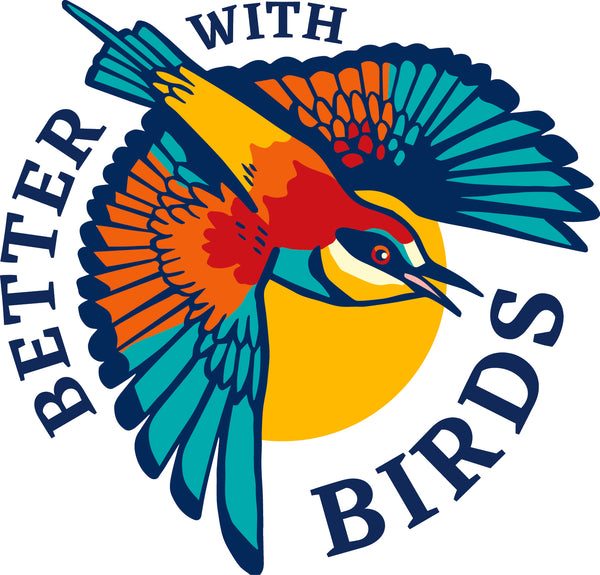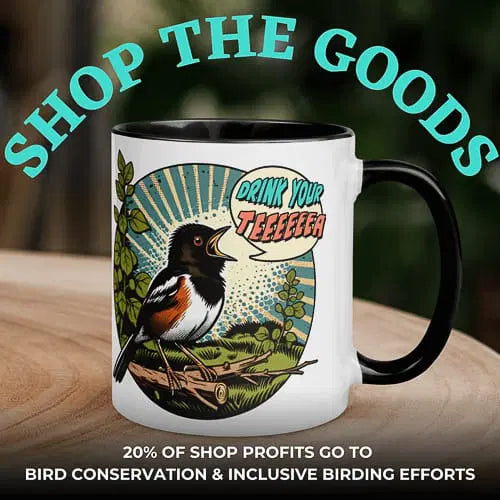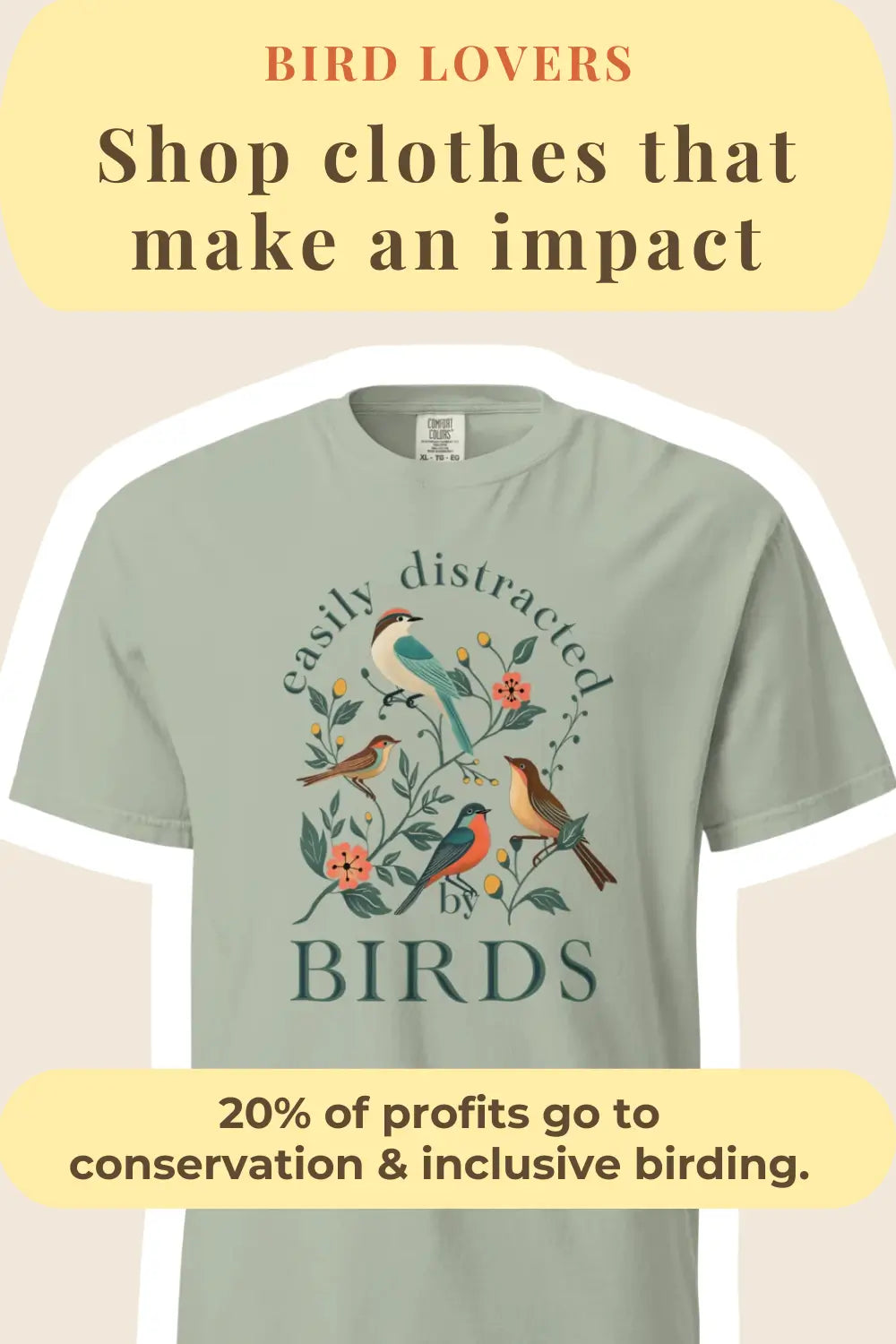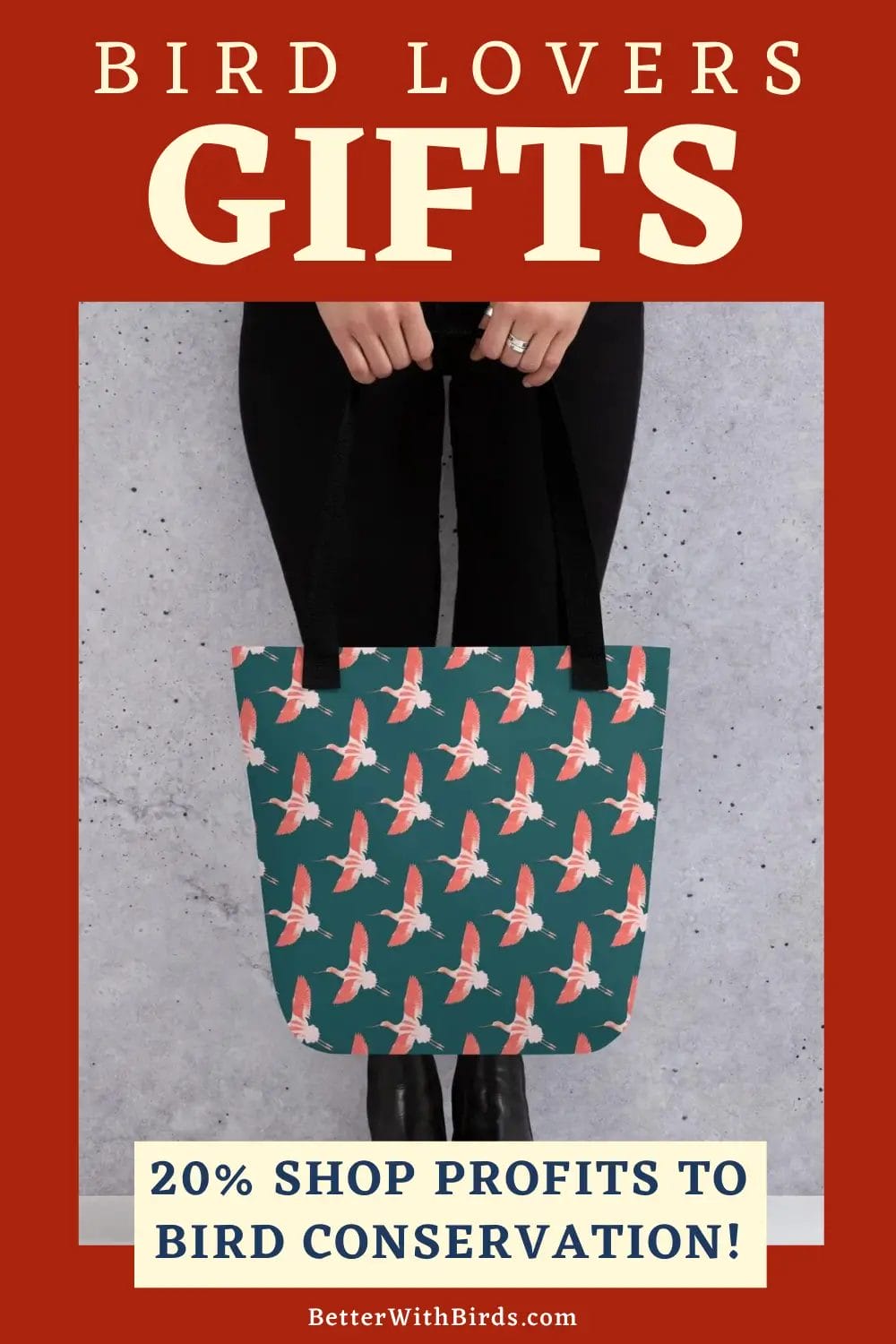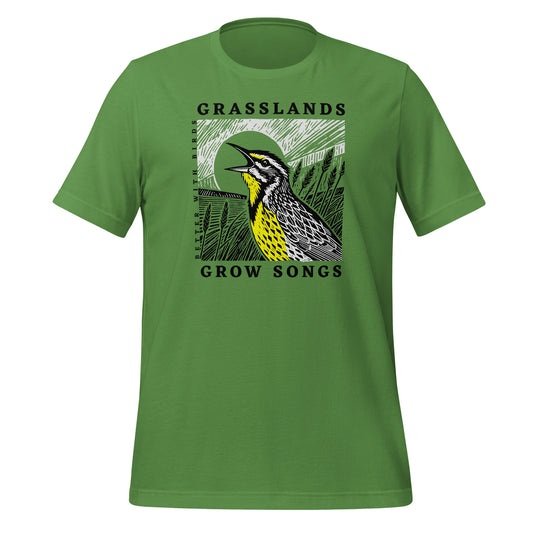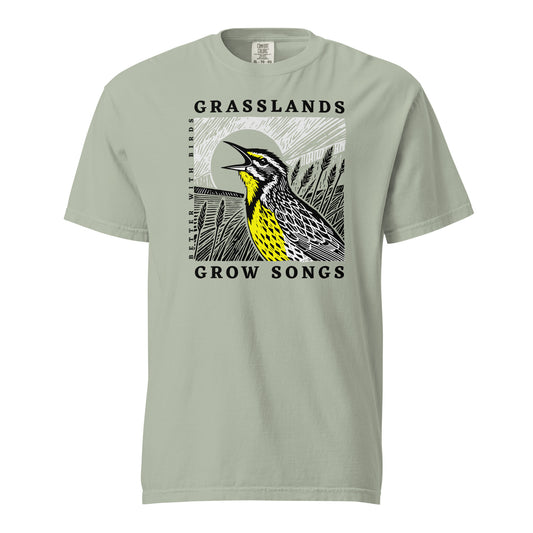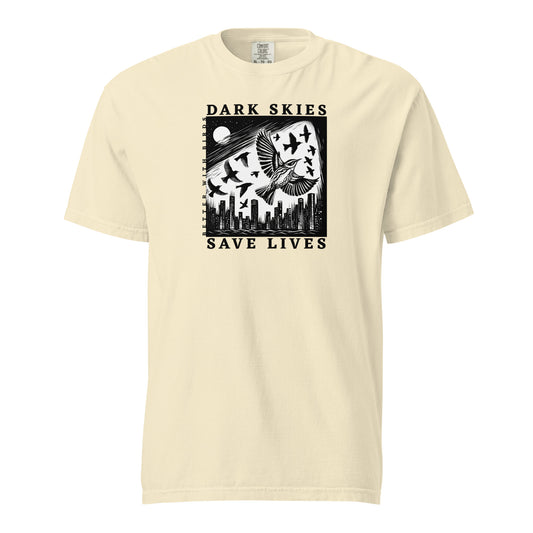Transform Your Yard with Native Plants for Birds
Photos by Jaymi Heimbuch
Read Time: 6 minutes
Backyard Birding , Bird-Friendly Yards

This post contains affiliate links. If you use these links to buy something, we may earn a commission at no additional cost to you. We only recommend products we fully support or use ourselves. Our full disclaimer
PIN THIS FOR LATER
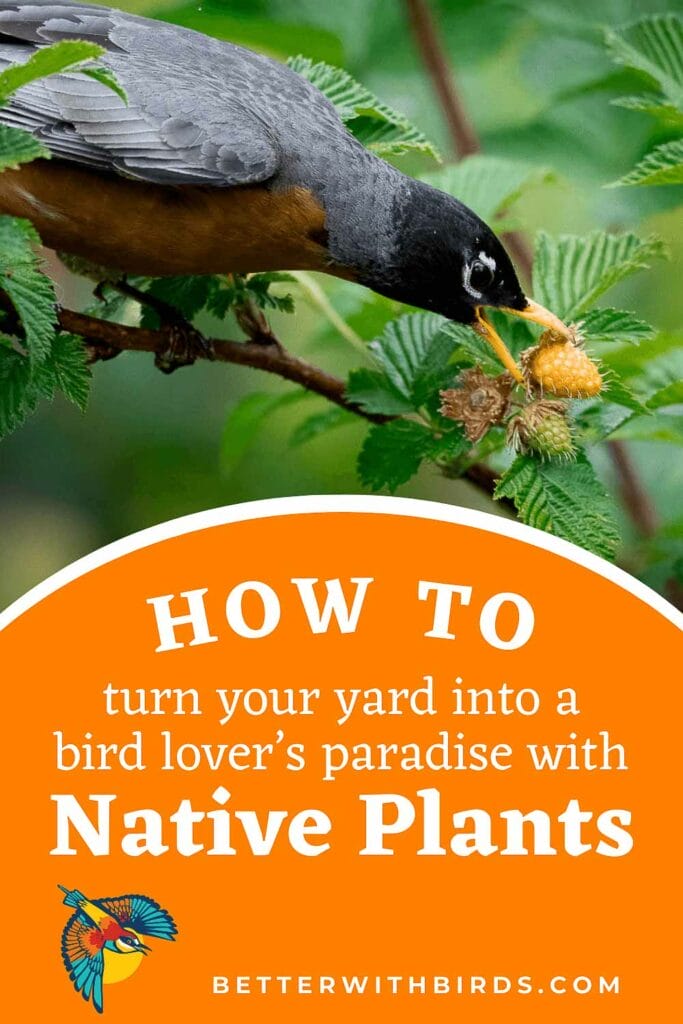
Contents
Turning your yard into a bird haven doesn’t require a magic wand or a hefty landscaping budget—just a little bit of knowledge about native plants.
Unlike those high-maintenance non-native plants that do little more than look pretty, native plants are the unsung heroes of your garden.
Choosing the best plants, particularly native species, is essential for supporting local bird populations as they provide better nutritional value and habitat. They support local ecosystems, provide essential food and shelter for birds, and even make your gardening life easier.
Ready to transform your yard (or balcony!) into the ultimate bird paradise? Let’s dive into ways native plants can bring birds flocking to your doorstep.

A chickadee checks for protein-packed bugs in the flowers of my backyard tree.
Why Making Your Yard a Bird Haven Is So Awesome
So, why should your yard be as enticing to birds as your grandma’s cookie jar is to you?
Because turning your backyard into a bird paradise is not only cool but also vital for preserving biodiversity.
Native plants provide essential nutrition and habitat for various bird species, ensuring that birds eat a variety of foods such as seeds, insects, and berries.
Plus, watching birds is way more fun than staring at a perfectly manicured, lifeless lawn. Trust us, your backyard is about to become the hottest bird hangout in town.
The Impact of Native Plants on Biodiversity
Native plants are like the VIP tickets to the bird world. They’ve evolved right alongside local wildlife, creating a complex web of life that exotic plants just can’t replicate.
Without native plants, local birds can’t find the right food, and that’s like opening a restaurant without a kitchen. Not a great plan.
For instance, one oak tree can support hundreds of species of caterpillars. In comparison, ginkgos—those fancy trees from Asia—can host only about five. When a single brood of chickadees needs over 6,000 caterpillars to grow, that’s a significant difference to the breeding success of local birds.
Native plants keep the buffet stocked, and your feathered friends happily fed.
Research shows that native plants support local bird populations, particularly in suburban backyards.
The Perfect Lawn Is B.S.
Urbanization has taken our beautiful, ecologically productive lands and transformed them into fragmented lawns and ornamental plant wastelands. Over the past century, the U.S. lost around 150 million acres of habitat and farmland to urban sprawl. Now, we have over 40 million acres of green, boring monoculture lawns.
Perfectly manicured lawns might look nice, but they offer nothing to wildlife. Think of your lawn as a green desert. Sure, it’s aesthetically pleasing, but it’s as lifeless as a plastic plant. Native plants, on the other hand, are like lush oases brimming with life.


Native plants encourage bug life, which means lots of food for birds – like this western tanager feasting on a goldenrod crab spider.
Why Native Plants Are Essential To The Food Web
Let’s talk food webs. Native plants are the foundation of these intricate networks.
They feed the insects that birds rely on, creating a thriving ecosystem.
During migration, many birds prefer various food sources such as tender leaves and nectar from specific trees and shrubs like oaks and flowering cherries.
Without native plants, this web falls apart, and birds can’t find the food they need to survive.
Native plants support many insects, which in turn provide essential food for many species of birds.

How to Choose the Right Native Plants
Selecting the right native plants for your yard is easier than you think.
First, identify your region’s native species. Use resources like Audubon’s handy database to find plants that will thrive in your local environment and attract specific bird species. Just enter your zipcode, and voila—your personalized native plant list is ready.
Planting native trees, shrubs, grasses, and flowers in urban and rural spaces is crucial as they provide food and shelter for migratory birds, creating essential green spaces that contribute to the survival of various bird populations during their migrations.

Two goldfinches check for nummies on the native conifer trees.
Easy Steps to Create a Bird-Friendly Habitat
1. Start Small
No need to turn your entire yard into a jungle overnight. Start with a small patch of native plants. Think of it as a trial run. Plus, fewer plants mean less chance of a gardening meltdown.
2. Plan Your Space
Design your yard with birds in mind. For stylish native plant gardening, create layers by using ground cover, shrubs, and trees. This variety offers birds different levels of shelter and feeding spots. It’s like building a birdy apartment complex, complete with all the amenities.
3. Water Sources
Birds need water for drinking and bathing. Install a birdbath or a small pond. Birds especially love moving water, so consider adding a fountain or a dripper. Just keep it clean—no one likes a dirty bath, not even birds.
4. Shelter and Nesting
Birds need safe spaces to hide from predators and harsh weather. Native shrubs and trees provide perfect hidey-holes. These plants are also crucial for providing food and shelter during birds’ migration periods.
Birdhouses are also great but make sure they’re functional, not just Pinterest-worthy.
5. Say No to Chemicals
Pesticides and fertilizers are a no-go. They’re like junk food for your plants. Opt for compost and natural pest control. Your birds (and your health) will thank you.


A yellow warbler knows there’s some nectar-y goodness in the flowers of this tree!
The Benefits of Native Plants Beyond Birdwatching
Low Maintenance Once established, native plants generally require little maintenance. They’re adapted to your local climate and soil, so they thrive with minimal fuss.
Water Conservation Native plants are adapted to local conditions and typically require less water. This saves time, money, and a precious natural resource—water.
Supporting Other Wildlife Native plants aren’t just good for birds. They also support a variety of other wildlife, including butterflies, bees, and small mammals. Your yard will become a bustling hub of biodiversity.
Climate Benefits Landscaping with native plants can combat climate change. They reduce the need for lawn mowers, which cuts down on noise and carbon pollution. Plus, many native plants, especially trees, are great at storing carbon dioxide.
Health Benefits Lawns and traditional landscaping often require loads of artificial fertilizers and pesticides.
By choosing native plants, you reduce your reliance on these chemicals, creating a healthier environment for yourself, your family, and your community.
Aesthetic Appeal Native plants offer beautiful blooms, colorful fruits, and seasonal changes. Your yard will transform into a vibrant, dynamic landscape that’s way more interesting as it shifts throughout the year than a static green lawn.
Native flora also provides essential habitats and food sources for wintering birds during the colder months, and loads of food for migrating and nesting birds in the spring months. You just can’t go wrong with native plants!
Ready to turn your yard into a bird haven? Start small, choose native plants, and watch as your backyard transforms into a bustling bird paradise. Don’t forget to use Audubon’s native plant database to get started.
Birds are calling, and they won’t leave a voicemail. Get planting!
Resources and Further Reading
- Audubon’s Native Plant Database
- “Bringing Nature Home” by Doug Tallamy
- Local native plant nurseries
- Conservation groups and birdwatching clubs in your area
